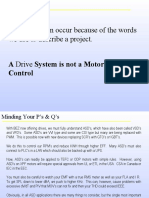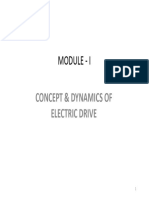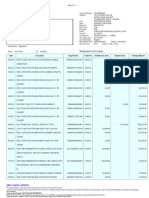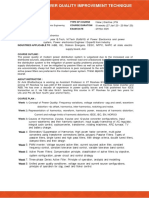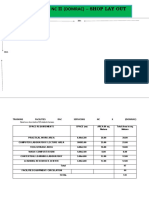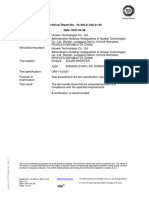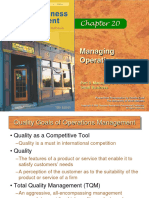0% found this document useful (0 votes)
38 views10 pagesVFD10application Notes
The document provides guidelines for selecting and assembling drive control systems for various applications, emphasizing the importance of understanding motor interactions, load types, and operational requirements. It categorizes loads into constant torque, constant horsepower, and variable torque, and discusses considerations for peak loads, machine definitions, and environmental factors. Additionally, it highlights the significance of proper wiring and shielding to minimize electromagnetic interference and ensure optimal performance of the drive systems.
Uploaded by
w.lin.gs.1888Copyright
© © All Rights Reserved
We take content rights seriously. If you suspect this is your content, claim it here.
Available Formats
Download as PDF, TXT or read online on Scribd
0% found this document useful (0 votes)
38 views10 pagesVFD10application Notes
The document provides guidelines for selecting and assembling drive control systems for various applications, emphasizing the importance of understanding motor interactions, load types, and operational requirements. It categorizes loads into constant torque, constant horsepower, and variable torque, and discusses considerations for peak loads, machine definitions, and environmental factors. Additionally, it highlights the significance of proper wiring and shielding to minimize electromagnetic interference and ensure optimal performance of the drive systems.
Uploaded by
w.lin.gs.1888Copyright
© © All Rights Reserved
We take content rights seriously. If you suspect this is your content, claim it here.
Available Formats
Download as PDF, TXT or read online on Scribd
/ 10









